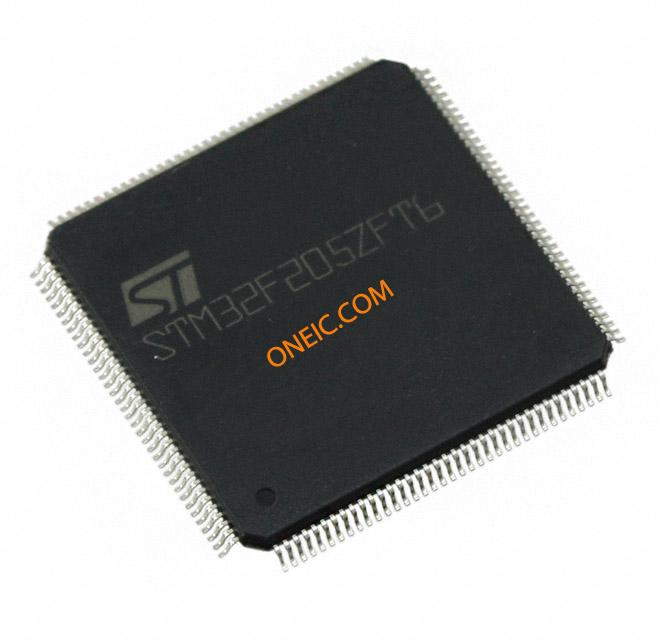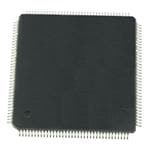STM32F207ZE
32-bit ARM Cortex M3 microcontrollers with 512KB flash memory
Manufacturer: stm
series introduction
# Introduction to the STM32F207ZE Product Series
## 1. Overview
The STM32F207ZE is part of STMicroelectronics' STM32F2 series of 32 - bit microcontrollers based on the ARM Cortex - M3 core. These microcontrollers are designed to offer high - performance, low - power solutions for a wide range of applications, from industrial control systems to consumer electronics.
## 2. Key Features
### 2.1 Core and Performance
- **ARM Cortex - M3 Core**: The STM32F207ZE is powered by an ARM Cortex - M3 32 - bit RISC core, which operates at a maximum frequency of 120 MHz. This core provides a high level of processing power, with a 1.25 DMIPS/MHz performance rating, enabling it to handle complex tasks efficiently.
- **Memory Protection Unit (MPU)**: It includes an MPU that allows for the definition of memory regions with different access permissions. This feature enhances system security by preventing unauthorized access to critical memory areas.
### 2.2 Memory
- **Flash Memory**: The microcontroller comes with 1 MB of on - chip flash memory. This large - capacity flash memory can store the program code, allowing for the implementation of complex algorithms and applications.
- **SRAM**: There is 128 KB of on - chip SRAM, which provides fast data storage for variables, buffers, and stack operations during program execution.
### 2.3 Peripherals
#### 2.3.1 Communication Interfaces
- **USB**: It supports both USB 2.0 Full - Speed (12 Mbps) and USB 2.0 High - Speed (480 Mbps) interfaces. This makes it suitable for applications that require high - speed data transfer, such as data logging devices and USB - based sensors.
- **Ethernet**: The STM32F207ZE features an Ethernet MAC (Media Access Controller) with support for 10/100 Mbps communication. This enables the microcontroller to be used in network - connected applications, such as industrial Ethernet - based control systems and IoT devices.
- **CAN**: A Controller Area Network (CAN) interface is available, which is widely used in automotive and industrial applications for reliable communication between different nodes in a network.
- **UART, SPI, and I2C**: Multiple Universal Asynchronous Receiver - Transmitter (UART), Serial Peripheral Interface (SPI), and Inter - Integrated Circuit (I2C) interfaces are provided. These interfaces are commonly used for communication with external sensors, displays, and other peripheral devices.
#### 2.3.2 Timers
- **Advanced - control Timers**: There are two advanced - control timers with a 16 - bit resolution. These timers can be used for applications such as motor control, generating PWM (Pulse Width Modulation) signals for controlling the speed and direction of motors.
- **General - purpose Timers**: Multiple general - purpose timers are available, which can be used for tasks such as event counting, time measurement, and generating basic PWM signals.
#### 2.3.3 Analog - to - Digital Converter (ADC)
- **12 - bit ADC**: The microcontroller is equipped with three 12 - bit ADCs, each with up to 16 channels. This allows for the accurate conversion of analog signals from sensors, such as temperature sensors, pressure sensors, and light sensors, into digital values for further processing.
#### 2.3.4 Digital - to - Analog Converter (DAC)
- **12 - bit DAC**: There are two 12 - bit DACs, which can be
Images for reference

144-LQFP

STM32-144LQFP

Image Preview